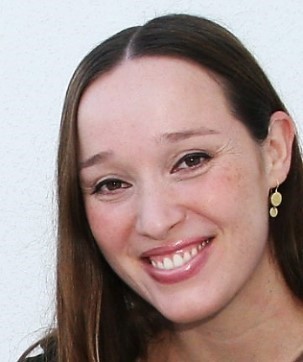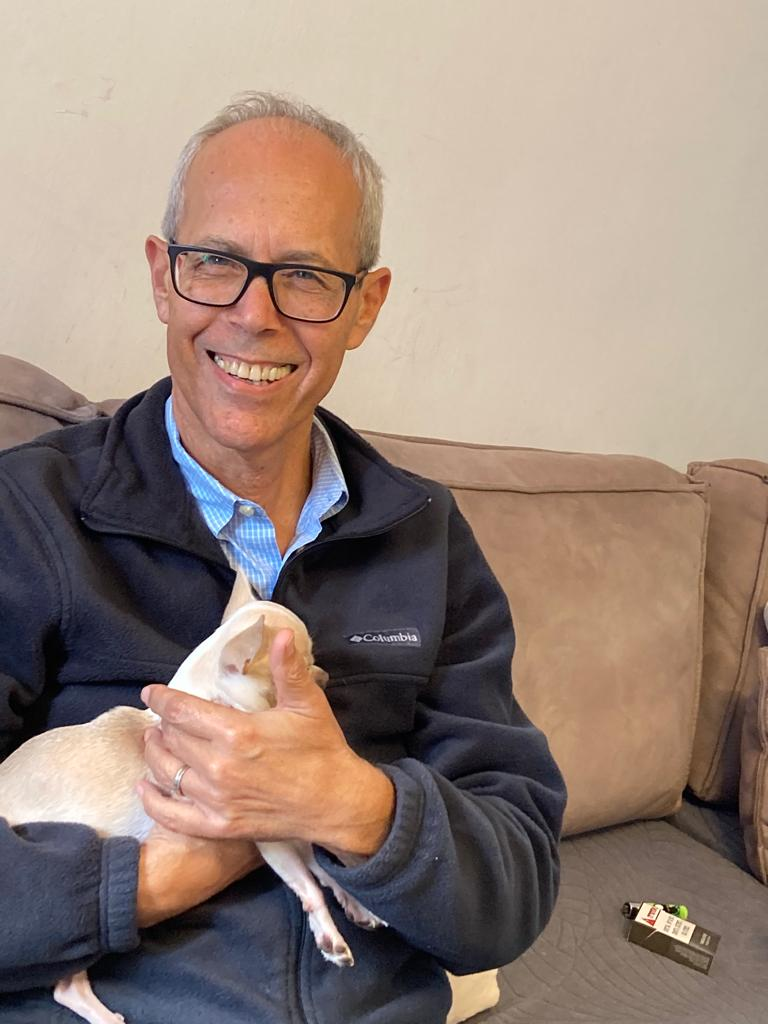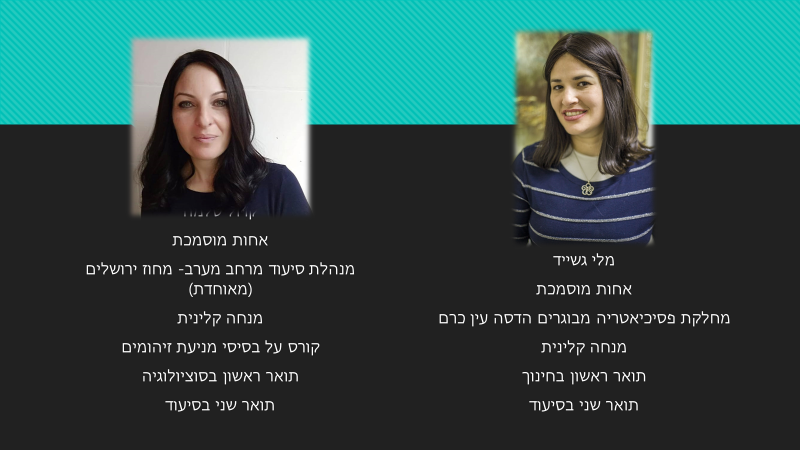ד"ר רות גוטפריד, "יצירת איזון בין חמלה עצמית וחמלה לאחרים מפרספקטיבה בודהיסטית" (הרצאה באנגלית: Balancing Compassion for Self and Others from a Buddhist Perspective)
ד"ר רות גוטפריד היא חברת סגל במכללה האקדמית לחינוך ע"ש דוד ילין, וראשת התכנית לתואר שני M.A.A.T בטיפול בתנועה ובמחול במכללה. כמו כן, היא מרצה חיצונית בביה"ס לעבודה סוציאלית ולרווחה חברתית ע"ש פול ברוואלד באוניברסיטה העברית בירושלים. לאחר שהשלימה את לימודי הדוקטורט בביה"ס לטיפול באמצעות אמנויות באוניברסיטת חיפה, רות השלימה שני פוסט-דוקטורט בנושא טראומטיזציה משנית באוניברסיטת תל אביב ובאוניברסיטת ,Georgia State בארה"ב. בנוסף, רות היא בוגרת של ה- Applied Compassion Training (ACT) - תוכנית דגל במרכז לחקר החמלה והאלטרואיזם באוניברסיטת סטנפורד, בארה"ב. כיום, רות לומדת לדוקטורט שני בחוג ללימודי מזרח אסיה באוניברסיטת תל אביב, שם היא מתמקדת בחמלה ובטראומטיזציה משנית מפרספקטיבה בודהיסטית. רות פרסמה בכתבי עת מובילים דוגמת ה- Oxford University Press וה-Harvard Educational Review, והציגה בכנסים בארץ ובחו"ל בנושאים הקשורים לטראומה, טראומטיזציה משנית וחמלה.
Balancing Compassion for Self and Others from a Buddhist Perspectiveren, Secondary Traumatic Stress Innovations & Solutions Center
Introduction
The Dalai Lama has defined compassion as a sensitivity to the suffering of both self and others, accompanied by a deep commitment to prevent/relieve the suffering. As Buddhist perspectives regarding compassion have been emphasized in the psychological literature, this presentation will address the topic of balancing compassion for self and others from a Buddhist perspective. The following topics will be considered: (a) definitions of compassion for self and others, (b) the ‘flows’ of compassion (i.e., from self-to-self, self-to-other, other-to-self, and other-to-other), (c) tender vs. fierce self-compassion, and (d) generous vs. judgmental interpretations of others’ suffering. Moreover, as the role of compassion across diverse Buddhist traditions has helped shape the development of modern, secular, compassion-based practices, two such contemplative practices will be offered as part of the presentation.
Brief Definitions
- Compassion comprises a sensitivity to the suffering of both self and others, accompanied by a deep commitment to prevent/relieve the suffering (Dalai Lama, 1995).
- Generous vs. judgmental interpretations associated with offering others compassion involve (Worline & Dutton, 2017):
1) Withholding judgment towards others vs. jumping to the conclusion that others are blameworthy for their suffering.
2) Imbuing others with dignity/worth vs. jumping to the conclusion that others don’t deserve compassion.
3) Cultivating presence vs. jumping to the conclusion that one doesn’t have the resources or capacity to compassionately respond to others.
- Self-compassion is a process that entails being touched by one’s own suffering, wishing to alleviate one’s own suffering, and actively treating oneself with warmth and concern. Self-compassion has further been conceptualized as comprising three elements, each of which contrast with an opposing mental state (Neff, 2022):
1) Self-kindness vs. Self-judgement – The ability to treat oneself with care, understanding and warmth, as opposed to being self-critical and judgmental toward oneself.
2 ( Common humanity vs. Isolation – The ability to recognize that suffering is a shared human experience, as opposed to feeling isolated or alone when facing difficulties.
3) Mindfulness vs. Over-identification – The ability to hold negative sensations, emotions and thoughts in a non-judgmental, receptive and balanced perspective, as opposed to avoiding them or getting caught up and swept away by negative reactivity.
- Self-compassion can range from ‘tender self-compassion’, characterized by inwardly nurturing, comforting, and caring for oneself; to ‘fierce self-compassion’, characterized by outwardly taking action to protect, provide, draw boundaries and stand up for oneself (Neff, 2022).
References
Lama, D. (1995). The power of compassion. Harper Collins.
Neff, K. (2022). Self-compassion. https://self-compassion.org/
Worline, M. & Dutton, J. (2017). Awakening compassion at work: The quiet power that elevates people and organizations. Berrett-Koehler Publishers.

ד"ר ג'מאל דגש, שירותי בריאות כללית, ״חמלה- תרופה לריפוי הסבל בסוף החיים ?״
דר׳ ג׳מאל דגש , בוגר בית ספר לרפואה בח׳ארקוב - שב אוקראינה, בשנות השבעים - שמונים, מומחה ברפואת ה משפחה , באוניברסיטת בן גוריון בנגב, משנות התשעים, ב2018 קיבל תואר מומחה ברפואה פליאטיבית, מנהל המערך הפליאטיבי ,אשר מנגיש שירותי הוספיס וייעוץ פליאטיבי בבית , עבור כ800.00 מבוטחי שירותי בריאות כללית , המחוז חיפה וגליל מערבי.
בהרצאה ,דר׳ דגש יחלוק את ניסיונו האישי ,בעבודה עם מטופלים ומשפחות , המתמודדות עם סבל בסוף החיים. ויתייחס למקורות החמלה בעבודתו והשפעתה על תוצאות הטיפול הרפואי להקלת סבל החולה , המשפחה והמטפל .

קרול סלמה, "אם לא נטפל במטפל מי יטפל במטופל?"
תקציר: עם סגירת מחלקות לחולי קורונה בבית חולים הדסה עין כרם (בסוף גל הראשון של התפרצות נגיף הקורונה), צווות המטפל התמודד עם תחושות מעורבות ועומס רגשי רב.
הצענו לצוות האחיות סדנת אוורור בליווי פסיכולוגית קלינית וליצן רפואי.
הסדנא הציעה תהליכים של עיבוד רגשי להבנת העומס ולהתמודדות עמו בטרם יהפוך כבד מנשוא.
לאחר איסור התקהלויות, החלטנו להציג תוכנית להנהלת בית חולים ולאפשר כניסה של הליצנים הרפואיים לתוך מחלקות הקורונה במטרה לתמוך בצוותים, במטופלים ומלווים.
ההתערבות שלנו כללה: זיהוי מצב הרגשי של הצוות הסיעודי ע"י איסוף עדויות, ארגון סדנא לאחיות למניעת שחיקה, תמיכה של הצוותים והמטופלים (מניעת בדידות) וליווי משפחות ע"י כניסה של ליצנים רפואיים והצגת הפרויקט להנהלת בית חולים עד להחלטתם להפעיל תמיכה רגשית לצוותים.


